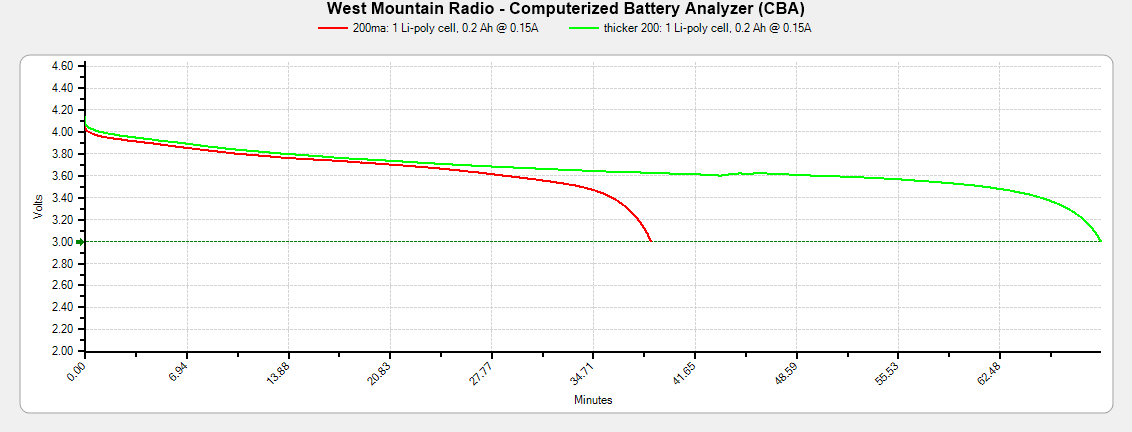SEN 2303 12 May 2017
- Details
- Category: Archive 2017
- Hits: 1775
Table of Contnets SEN 2303
- Conductive Glue –II
- Stamov Long model for sale
- Caveat Emptor and help from the mountain
Re: conductive glue
From: GILBERT MORRIS
Thanks Roger for your response to my conductive glue question. My real concern is making good contact with nichrome wire that resists solder. Maybe clamping is the only sure way but for surface mount that's not always an option. I'm working on a rubber band burning timer and I was hoping to find someone who has experience with conductive glues so I don't have to do a lot of experimenting. Thanks.
Editor’s Comment: Gil. For this application you almost certain have to make a mechanical contact by crimping, clamping or some form of socket. .
Stamov long model for sale
From Mike Thompson
For Sale: Stamov long model single servo, covered with clear micafilm.
Has about 40 flights, excellent shape. Asking $800.
email is This email address is being protected from spambots. You need JavaScript enabled to view it.
Caveat Emptor and help from the mountain
From; Roger Morrell
At the recent Fab Feb events two of my F1B friends Bob Piserchio from the USA and Igor Vivchar from Kyiv both showed me new 200 MA LiPo batteries they had got from China. These were about the size of 100 MA batteries they had been using for their timers. This looks like a good deal ! Twice the capacity for the same size? But I was a little skeptical so decided to investigate.
I short while back I had noticed some F1Q/F1S sportsmen talking on an online system about different battery choices and during the discussion one of them said that if you want to seriously test a battery capacity you needed a CBA like the one from West Mountain Radio. West Mountain make equipment for Ham Radio operators. CBA means computerized battery analyzer. I was intrigued by this because I am familiar with West Mountain Radio as they are associated with a company who provides some embedded software development products I use.
So I went to their web site http://www.westmountainradio.com/cba.php and bought the CBA IV battery analyzer. The way it works is that you load the software on to your PC and plug the CBA electronic box to the USB port. Then after charging your battery plug it into the CBA box. On the PC select the battery type, number of cells, capacity, cut off voltage and desired discharge rate. A hit of things to come came when the software suggested that a pass rating was 80% of the specified capacity. You assign a label to the test then press start. As the test progresses the PC software shows a graph of battery voltage and tracks time an MA consumed.
I selected a discharge rate of .15 amps more than 10 times the rate consumed by a Black Magic F1B timer with beeper timer. Cut off voltage was 3 volts . Magic timers will run at that voltage but almost certainly not servos. You can see from the graph where your useful voltage range will be.
Here are the results
Igor had 2 batteries - both allegedly 200 MAh
One battery was 3.9 mm thick and weighed 3.6 grams - the other is 4.2 mm thick and weighed 4.2 grams. The other dimensions of the battery are identical.
The first battery [red line on the graph] has capacity of 0.097 Mah and the second [green line on the graph] 0.176 - almost twice as good! with only small change in size and weight !

Subsequently I have tested a number of other small LiPos and found them to be all below rated capacity.
Conclusion
Batteries are critical for the onboard electronic in many of our models as well as for propulsion in F1Q and F1S and the only way to really know the battery capacity is to do a controlled discharge test with equipment like I used.
To take full advantage it is also important to know how much energy you need for a typical flight. This must be done with your own airplane as the choice of servos, use RDT, use of Buzzer, use of flasher and tracker or GPS of the timer battery will all affect the average current drain. For a F1A flyer so will the time spent towing compared with the time spent gliding.



